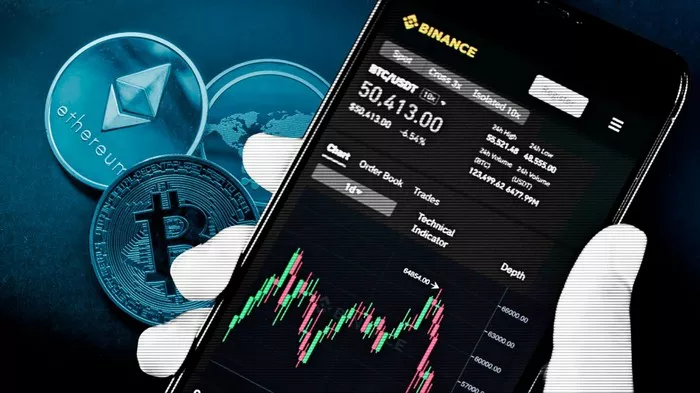Silver futures present an exciting avenue for traders to capitalize on the dynamic movements in the silver market. Understanding how to trade silver futures is crucial for those looking to diversify their investment portfolio and leverage the potential profitability of this precious metal. In this comprehensive guide, we will delve into the intricacies of silver futures trading, providing valuable insights, strategies, and risk management techniques.
Understanding Silver Futures
Silver futures are financial contracts that obligate the buyer to purchase, or the seller to sell, a specific amount of silver at a predetermined future date and price. These contracts are traded on various commodity exchanges, such as the Chicago Mercantile Exchange (CME). The value of silver futures is derived from the underlying spot price of silver, making them a popular choice for both hedgers and speculators.
Getting Started with Silver Futures Trading
Before diving into the world of silver futures trading, it is essential to have a solid foundation. This involves understanding the basics of futures contracts, market terminology, and the factors influencing silver prices. Educational resources, such as online courses and market analysis tools, can be valuable assets in gaining this knowledge.
Opening a Trading Account
To actively participate in silver futures trading, one must open a futures trading account with a reputable brokerage. It is crucial to choose a broker that provides access to a robust trading platform, real-time market data, and competitive commission rates. Performing due diligence in selecting a broker ensures a seamless trading experience.
See Also: When do december futures contracts expire?
Analyzing Silver Futures Market
Successful trading requires a keen understanding of market analysis. Traders often employ both technical and fundamental analysis to make informed decisions. Technical analysis involves studying historical price charts, identifying trends, and using indicators like moving averages and Relative Strength Index (RSI). Fundamental analysis, on the other hand, focuses on external factors such as economic indicators, geopolitical events, and supply-demand dynamics.
Risk Management in Silver Futures Trading
Given the inherent volatility in commodity markets, effective risk management is paramount. Traders should establish clear risk tolerance levels, set stop-loss orders, and diversify their trading positions. Silver futures traders must also stay informed about macroeconomic factors and geopolitical events that could impact silver prices, allowing them to adjust their strategies accordingly.
Trading Strategies for Silver Futures
Several trading strategies can be employed when trading silver futures, depending on individual risk appetite and market conditions. Day trading, swing trading, and trend following are popular approaches. Additionally, traders may utilize options on silver futures to hedge positions or generate additional income. Each strategy comes with its own set of considerations, requiring thorough analysis and adaptation to market dynamics.
Monitoring Silver Futures Market Trends
Keeping a close eye on market trends is essential for silver futures traders. Regularly analyzing charts, staying updated on relevant news, and monitoring key technical indicators can help traders identify potential entry and exit points. It is crucial to remain flexible and adjust trading strategies as market conditions evolve.
Factors Influencing Silver Prices
Silver prices are influenced by a myriad of factors, ranging from economic indicators to industrial demand and global geopolitical events. Understanding these factors is essential for making informed trading decisions. For example, increased industrial demand for silver in sectors such as electronics and solar panels can drive prices higher, while economic downturns may lead to a decrease in demand.
Silver Futures Contract Specifications
To trade silver futures successfully, it is crucial to understand the specifications of the contracts being traded. This includes the contract size, tick size, expiration dates, and margin requirements. Familiarizing oneself with these details ensures that traders can navigate the market with precision and confidence.
Conclusion
In conclusion, trading silver futures can be a lucrative venture for those with a comprehensive understanding of the market, a well-defined strategy, and effective risk management practices. By staying informed, utilizing analytical tools, and adapting to changing market conditions, traders can position themselves for success in the dynamic world of silver futures. Whether one is a seasoned investor or a newcomer to commodities trading, the key lies in continuous education, disciplined execution, and a commitment to staying abreast of the factors influencing silver prices.


